On January 17, 2024, the House Transportation and Infrastructure Committee held a hearing entitled “The State of Transportation”. The hearing had several witnesses including Mr. Stephen Edwards, CEO and executive director of the Virginia Port Authority, Mr. Roger Millar, Secretary of Transportation for the state of Washington, Mr. Jeffrey Tucker on behalf of the Transportation Intermediaries Association, and Ms. Lauren Benford, on behalf of the Associated General Contractors of America. The hearing took a broad approach to assessing the state of transportation in the United States with an emphasis on implementation of funding from the Infrastructure, Investment, and Jobs Act (IIJA), which was signed into law November 15, 2021, challenges to supply chains and shipping, transportation safety, and requests for long term funding solutions for long term infrastructure challenges.
IIJA Funding
The witnesses for the hearing came from across the transportation spectrum including representatives of facilities, operators, and policymakers. Many Members had questions for the witnesses on the impact and effectiveness of the funding made available under the 2021 IIJA (P.L. 117-58). The consensus among every witness was that industry was responding well to the money made available from the IIJA and that the funding has made possible projects which may not otherwise have been affordable for state, tribal, and local governments. For instance, Secretary Millar noted that because of funding made available under the IIJA, Washington and Oregon have recently received $500 million to replace an aging bridge carrying the Interstate 5 highway across the Columbia River.
The secretary noted that while crucial, the project funding had been slow to materialize in the past and that this funding would allow his state to both fund this project and maintain other state infrastructure. Other witnesses, while supportive of the funding, wished that funding would be made available more expeditiously. In response to questioning from Rep. David Rouzer (R-NC) on what priorities the witnesses would like the committee to take, Stephen Edwards asked that funding be expedited so that important projects could begin improvements as quickly as possible.
Supply Chains
Many members of the committee prioritized questions about transportation as it relates to the supply chain. Rep. Brandon Williams (R-NY) inquired after how industry has responded to and changed approaches following shocks such as the COVID-19 pandemic and conflict in the Middle East. Jeffery Tucker, representing freight logistics companies noted that ports of origin and ports of arrival have become more diverse which should preempt both supply issues as well as preventing backlogs at American ports.
In response to questions from Rep. Greg Stanton (D-AZ), Mr. Tucker noted that a general shift of manufacturing to other North and Central American nations, particularly Mexico, necessitates investment in land port facilities and infrastructure to enable freight companies to move goods into the country via truck and rail, rather than previous focuses on seaports.
Safety
Another priority for members and witnesses was the safety of the American transportation network. While prioritizing the human cost of transportation safety, many members and witnesses also highlighted the economic cost of lapses in safe transportation. Sec. Millar was quick to cite a 2019 study from the National Highway Traffic Safety Administration (NHTSA) which pegs the cost of motor vehicle crashes alone as high as $1.4 trillion, when including total societal harm, but a more direct cost of $340 billion which includes $30 billion directly borne by taxpayers.
Rep. Jake Auchincloss (D-MA) echoed that concern and added that, however one interprets that study, the cost of accidents alone exceeds the total annual budget of the US Department of Transportation. Rep. Auchincloss further argued that with the Highway Trust Fund running a deficit, the priority for how the government invests in traffic safety and infrastructure planning must shift towards protecting pedestrians and motorists. Sec. Millar concurred and mentioned a competitive grant program in Washington which provides funding for safety improvements in population centers. Jeffery Tucker also requested that safety investments continue to be a priority across modes of transportation, arguing that it should be a priority above commercial interest.
Long Term Funding Solutions
All the witnesses agreed that it was in the best interest of taxpayers and industry that long-term funding solutions for infrastructure are established, rather than repeated Continuing Resolutions (CRs) and so called “once in a generation investment.” Rep. Rick Larsen (D-WA) was already looking towards the next infrastructure bill, asking Sec. Millar if it was “too early” to start looking towards the next set of investment. Sec. Millar noted that by providing a sustained level of funding and providing certainty to contractors, some of the issues with ramping up capacity to meet the available demand could be eliminated.
Lauren Benford echoed the desire for long-term funding solutions, arguing that setting long-term investment into infrastructure will likely lead to a more willing workforce because of the prospect for long-term job security. In response to questions about long term funding and prioritization from Rep. John Garamendi (D-CA), Jefrey Tucker concurred that he was happy to see longer term investment, recalling the history of what he referred to as “years and years of continuing resolutions without vision”.
TCS’ Take
Transportation and infrastructure are essential components of the American economy. Without well maintained infrastructure, the flow of people and goods would grind to a halt. While these systems are indeed worthy of investment, that does not mean that the answer is always to simply throw more money into the system without concrete and fiscally responsible plans for how to use said money. Unfortunately, American infrastructure has not always been managed in such a prudent manner as the taxpayer deserves. Our nation’s transportation trust funds have been plagued with structural and budgetary problems for decades. The highway trust fund in particular, is currently facing a budget shortfall due to an inadequate funding mechanism which cannot currently account for more fuel efficient and electric vehicles. Similarly, while increasing the speed of infrastructure outlays was championed by some of the witnesses, speed must be balanced with transparency and efficacy to ensure it doesn’t lead to waste.
During the hearing, Resident Commissioner of Puerto Rico Jenniffer González-Colón (R-PR) highlighted that the American Society of Civil Engineers (ASCE) grades American infrastructure at a level of C-, with some areas like Puerto Rico as low as a D-. Indeed, American infrastructure is due for improvement and improvement will require investment in sustainable long-term planning and fiscal prudence. It is important to acknowledge that ASCE isn’t an impartial arbiter infrastructure condition, it is their members who will be constructing the infrastructure. In Repair Priorities, our 2019 report with Transportation for America, we found that 20% of all roads in the U.S. were in “poor” condition and that 37 states had seen their road conditions decrease between 2009 and 2017. Regardless of your metric, some improvement is clearly necessary.
Congress is often more willing to splurge on flashy projects which they can proudly hang their reelection hat on, those are not always the best solutions. Before investing in flashy projects, it would be wise for state Departments of Transportation to ensure that their infrastructure is in good working order; prioritizing maintenance over new construction. It is cheaper to maintain infrastructure in good condition than to restore it after falling in fair or poor condition. Further, investing in cost saving solutions, like prioritizing pedestrian and motorist safety, would be a prudent solution to preventing unnecessary harm and unnecessary costs for taxpayers.
Finally, as both members and witnesses agreed, it is imperative that a long-term funding solution is created and maintained. Members and witnesses alike decried the unpredictability of the current system. From TCS’s perspective the “user pays” principle has been eroding in recent decades and that has in part led to the unpredictability of federal funding. Indeed, whether it be transportation funding or entire federal budgets, government spending decisions made in a rush and at the last minute will always yield bad returns for taxpayers and users alike. The state of transportation and infrastructure in America is improving thanks to bipartisan cooperation, but much progress is still needed before it can be considered strong. Only through prudent fiscal planning and sustainable development will long term solutions to these problems be developed.



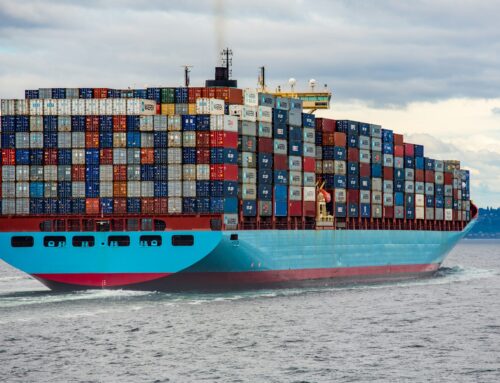
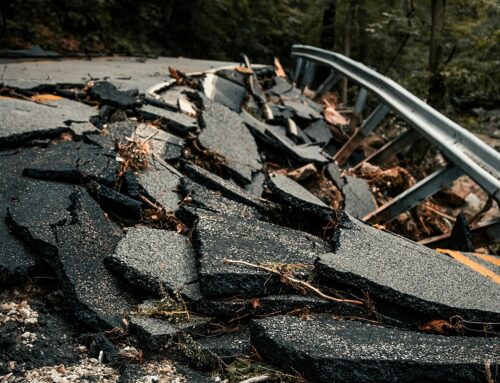
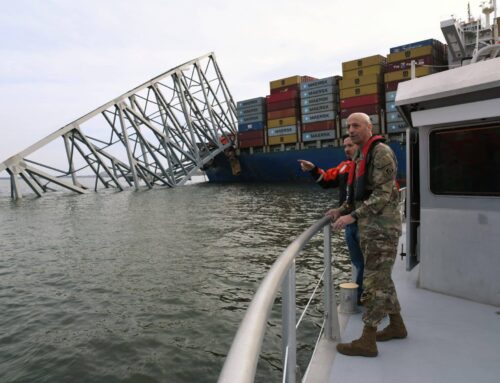
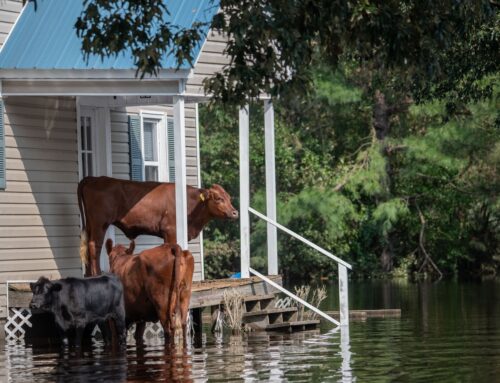


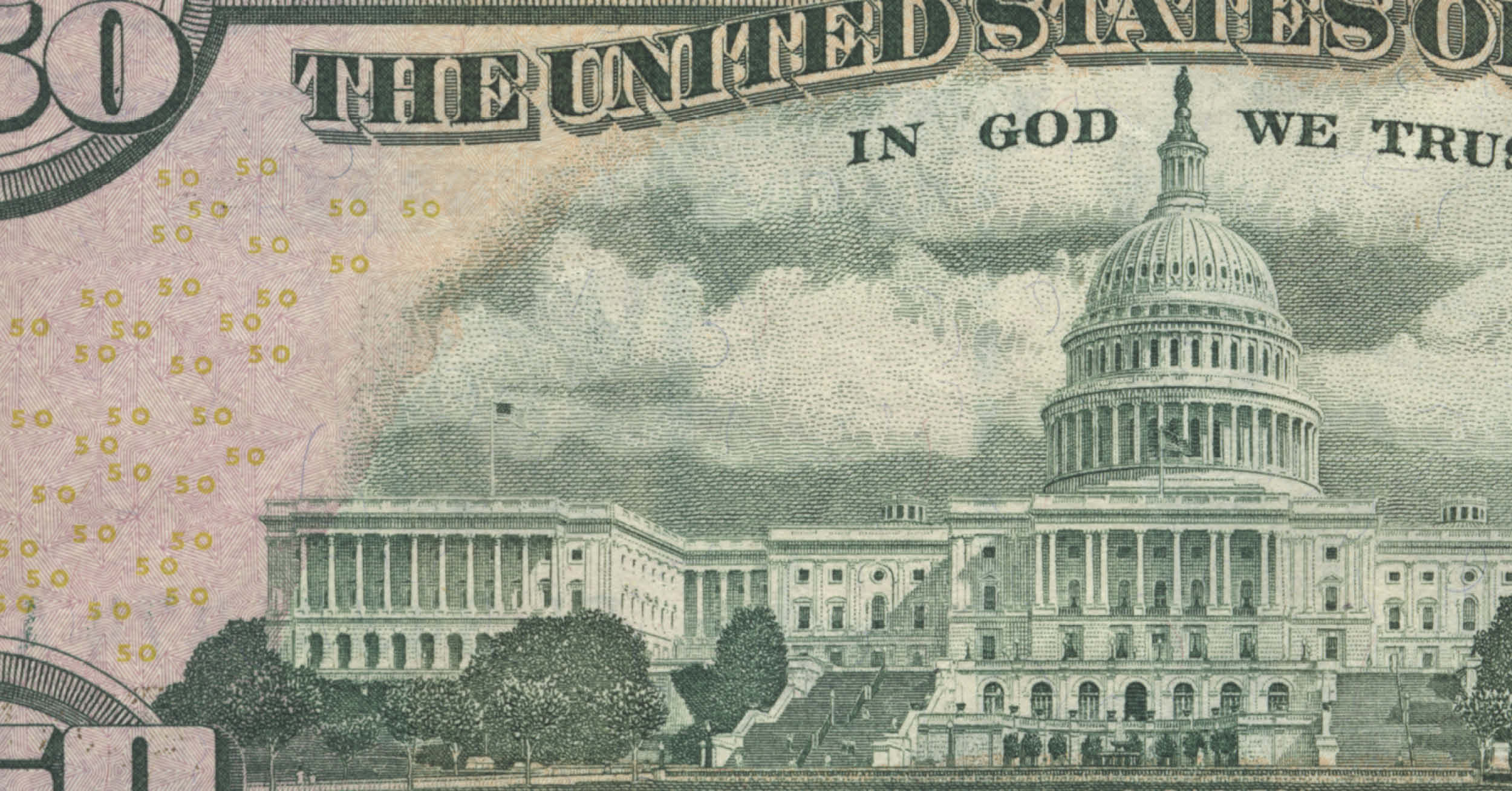
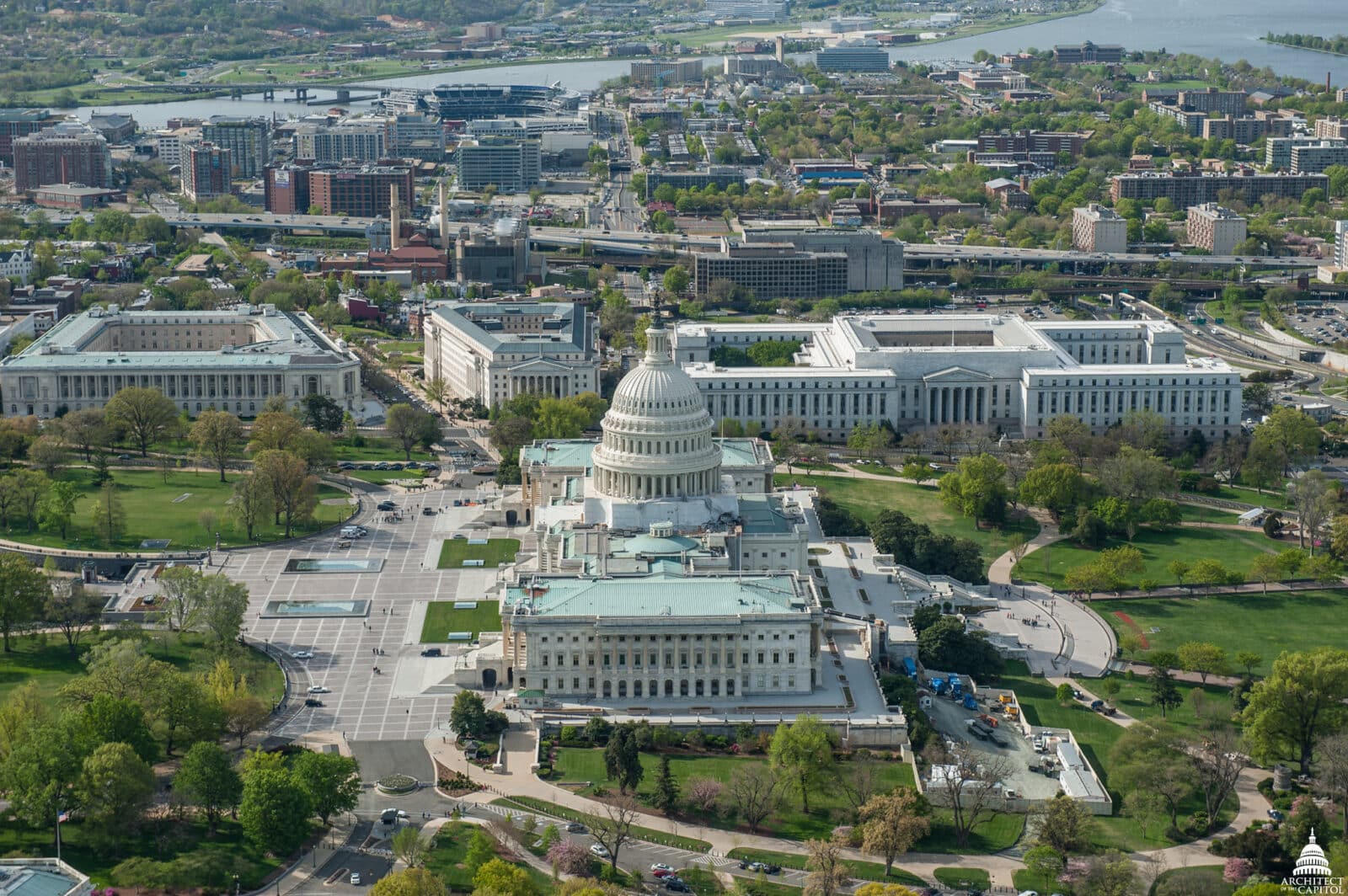


Get Social